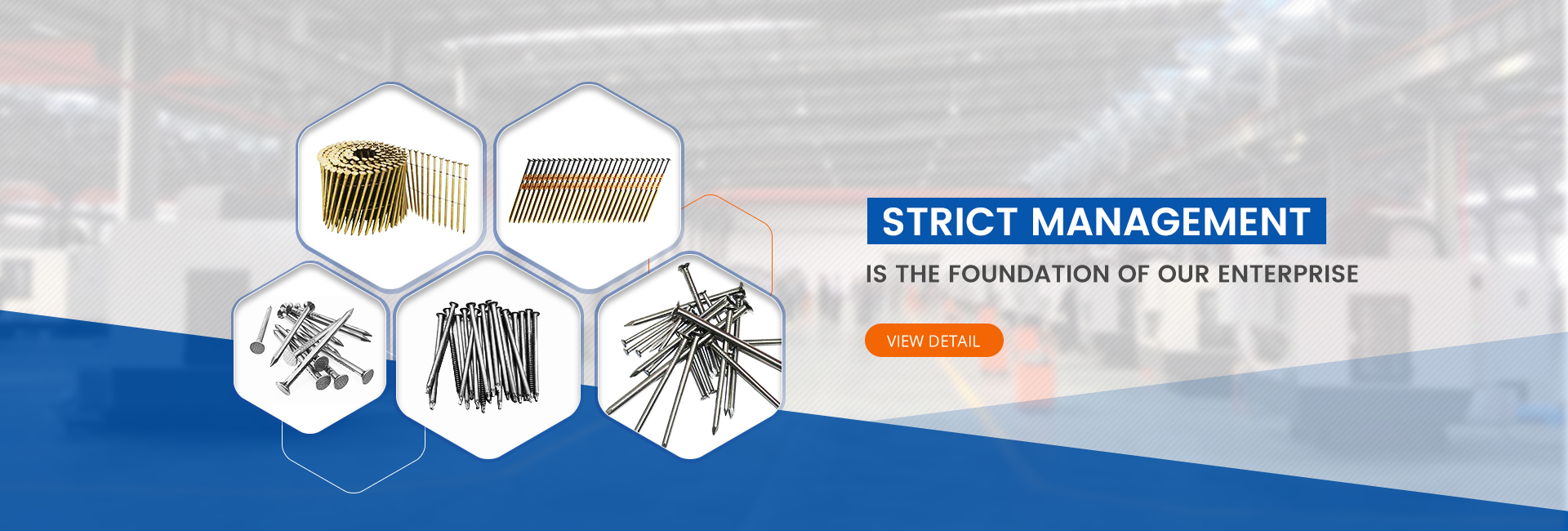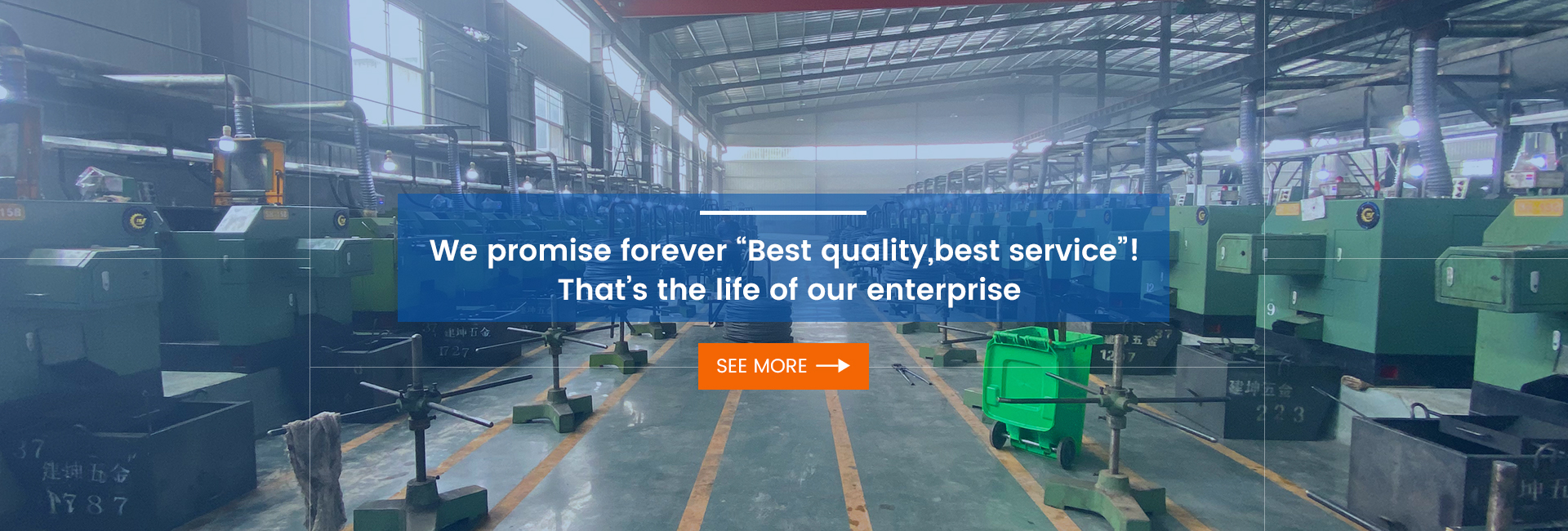1. Structure and Design Advantages
The C‑ring, also known as the C‑shaped elastic retaining ring, features a “C”-profile cross-section—allowing for elastic opening and closing. It’s commonly used in rotating shafts and bores. Compared to conventional flat snap rings and spiral retained rings, the C‑ring offers more uniform stress distribution and less deformation under load. These structural features yield several advantages:
-
Even Stress Distribution: The elastic tension of the C‑ring locks onto the shaft with even radial force, minimizing stress concentration at groove roots and reducing fatigue risk.
-
High Reusability: It can be quickly installed and removed with proper tools—ideal for modular machinery or scenarios requiring periodic maintenance.
-
Space Efficiency: Compared to nut-and-washer sets, C‑rings save axial space, benefiting compact mechanical designs.
2. Materials and Heat Treatment ProcessC‑rings are typically made from spring steel (e.g., SAE1070, AISI 5160) or stainless steel (e.g., 316, 17‑7PH), with heat treatment to achieve required elasticity and durability. The typical manufacturing process includes:
-
Cold Punching/Laser Cutting: C‑ring shapes are cut from coil or strip steel per design.
-
Pre‑forming Bend: Special tooling bends the strip into the basic C profile.
-
Heat Treatment: Through quenching and tempering, the material reaches hardness of HRC45–52, enhancing its spring characteristics.
-
Surface Coating (e.g. phosphating, zinc‑plating): Improves corrosion resistance and lubrication.
This process ensures C‑rings maintain stability and longevity under high-speed rotation and cyclic loads.
3. Installation Tips & Failure AnalysisDespite their simplicity, C‑rings require careful attention during installation and operation:
-
Groove Tolerances: Ensure groove depth and width comply with standards (e.g. DIN 471, ANSI B18.27) for proper fit and clearance.
-
Radial Force Control: Use proper pliers to apply even radial force during installation—avoiding local overstretch which can cause rebound or plastic deformation.
-
Corrosion Protection: In corrosive or humid environments, use stainless steel or apply lubrication as needed.
-
Failure Modes & Analysis:
-
Fatigue Cracks: Caused by high-frequency vibration or misalignment—can be prevented by groove optimization and tempering.
-
Plastic Deformation: Excessive force during installation leads to permanent deformation, losing elastic behavior.
-
Corrosion Fatigue: In coastal or saline environments, select nitrided or high-grade stainless steel.
-
Identifying failure modes helps improve design, material selection, and manufacturing processes.
4. Typical ApplicationsThanks to their lightweight and high efficiency, C‑rings play vital roles in various sectors:
-
Automation Drives: In robotics and precision machinery, they secure bearings and gears with minimal added weight.
-
Automotive Chassis: Used on steering knuckles or shock absorber pivot pin retention.
-
Hydraulic & Pneumatic Systems: Prevent axial displacement of piston pins.
-
Consumer Electronics & Laptop Hinges: Secure tiny bearings and pivot shafts in limited spaces.
Successful applications depend on selecting proper dimensions, materials, and controlling stress via engineering analysis.
5. Future Trends & InnovationsModern manufacturing is pushing C‑ring technology toward higher levels:
-
High-performance Alloys & Composites: Use high-nitrogen stainless steel or carbon-fiber-reinforced composites to enhance fatigue life and corrosion resistance.
-
Precision Miniaturization: Produce micron-scale C‑rings for medical devices or micro-motors, aligning with MEMS technology.
-
Automated Assembly Recognition: Use vision systems for C‑ring status detection, enabling automated installation and quality control.
In the future, C‑rings will not just be standard hardware—they’ll be innovation enablers in complex equipment.
As a simple yet pivotal elastic retention component, the C‑ring spans multiple disciplines—including materials science, mechanical analysis, and manufacturing techniques. A deep understanding of its operational principles, failure mechanisms, and innovation trends helps engineers harness its full potential in high-performance systems. -
-
Post time: Jul-03-2025



